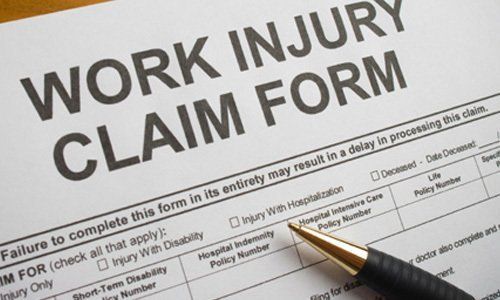4 Ways HR Professionals Can Increase Employee Safety and Reduce Worker Compensation Claims
There are several strategies that can be employed by HR professionals that will decrease injury, ensure a safe workspace, and limit the amount of time, resources, and money spent on workers compensation claims

All business owners want to ensure that their employees are happy, healthy and safe at work. Unfortunately, however, accidents happen, especially with jobs that require a significant amount of physical strength. With injuries come worker compensation claims and lawsuits, putting strains on both employees and employers. So, how can HR professionals and business owners ensure that their employees are safe on the job? Luckily, there are several strategies that can be employed by HR professionals that will decrease injury, ensure a safe workspace, and limit the amount of time, resources, and money spent on workers compensation claims.
Let’s explore this a bit more.
Fortunately for employees today, more and more companies are focusing on creating workplace environments that cultivate a culture of safety awareness that’s aimed at minimizing injury on the job. That being said, it’s impossible to negate all possibility of injury, which can have a massive impact on your business including medical bills, a decrease in productivity, and worker’s compensation paperwork. In hopes of negating these losses, we’re going to provide you with four strategies you can implement today that increase employee safety and reduce worker compensation claims.
Set up a safety program
According to OCEA, “The main goal of safety and health programs is to prevent workplace injuries, illnesses, and deaths, as well as the suffering and financial hardship these events can cause for workers, their families, and employers” ( www.osha.gov
). This is why it’s so important for HR professionals to provide a safe work environment that ensures all levels of employee safety and health. One of the best ways to begin implementing a safety program is to focus on the goals that you’re looking to achieve with such a program - such as keeping injuries to a minimum and working with employees to make sure they are focusing on their own personal safety. OCEA suggests focusing on the following goals in order to ensure a successful safety program ( ocea.gov
):
- Prevent workplace injuries and illnesses
- Improve compliance with laws and regulations
- Reduce costs, including significant reductions in workers' compensation premiums
- Engage workers
- Enhance their social responsibility goals
- Increase productivity and enhance overall business operations
Our Physical Capacity Profile® (PCP) Testing System is a great addition to any business, particularly ones that demand a certain level of physical labor. The PCP Testing System is used by medical teams for post-offer physical exams and fit for duty, conducted on behalf of employers and is a great way to ensure that you have a concrete safety program ( https://www.pcpworks.com/post-offer-employment-testing-system ).
Hunt and control hazards
This is one that might sound simple, but it’s important to constantly be aware of and control any hazards that might exist in your work environment. By ensuring that employers and employees maintain an orderly workplace, HR professionals will be less likely to experience on-site injuries. It’s important to routinely check items such as on the layout of the workplace, walk space, debris, and any dangerous machines or items that employees may use or be around. Additionally, ensuring that employees have been properly trained is crucial to ensure a safe work space. After initial training, it’s always a good idea to reinforce safety measures frequently such as during staff meetings.
According to The Occupational Safety and Health Act findings, workplace-driving accidents cost employers an average of $60 billion dollars a year! That’s a whole lot of money. Therefore, part of your safety program should include maintenance and monthly inspections on company vehicles.
Implement a Return-to-Work Program
Every year, nearly three million workers
experience a workplace injury or occupational disease, taking them away from work for an average of eight days. When this happens, both the employee and the employer are left in a tricky situation. This is where a Return-to-Work program comes in. A return-to-work program allows workers who are unable to perform their usual job duties to work in a limited or temporary light-duty capacity ( www.employers.com
). From the employer’s perspective, benefits of return-to-work programs include: decrease in performance issues, resolve claims faster, reduce claim costs, and more.
Research has also backed these claims, showing that companies who are in contact with injured employees during their time away from work are more likely to have lower costs associated with workers’ compensation claims ( news.briotix.com
).
Implement The Physical Capacity Profile® (PCP) Testing System
As mentioned earlier, The Physical Capacity Profile® (PCP) Testing System is a great way to ensure you hire the right the first time, and maintain a safe work environment. So, how does the The Physical Capacity Profile® (PCP) Testing System work? Through computerized software, a comprehensive collection of 23 maximum strength measurements are collected in as little as 20 minutes. Even more exciting is that results are available in seconds for both the medical team and employer ( https://www.pcpworks.com/post-offer-employment-testing-system
). Additionally, the medical information is obtained and measured utilizing standards from the Department of Labor’s
(DOL) five classifications of work and the American Medical Association
(AMA) guides, is ADA and HIPAA compliant and has successfully undergone EEOC audits.
The Physical Capacity Profile® (PCP) Testing System has proven results including: Up to 30%
reduction in worker compensation injury rates; 10-30%
reduction in worker compensation premiums; Allowing your workforce to remain at 100%
output.
By implementing the four strategies mentioned above, you’re guaranteed to ensure the safest workplace possible. When these safety measures are put in place, your employees will be able to return to work as soon as possible, production will return back to normal and your workers’ compensation claims will be greatly reduced. To learn more about The Physical Capacity Profile® (PCP) Testing System, click here.










